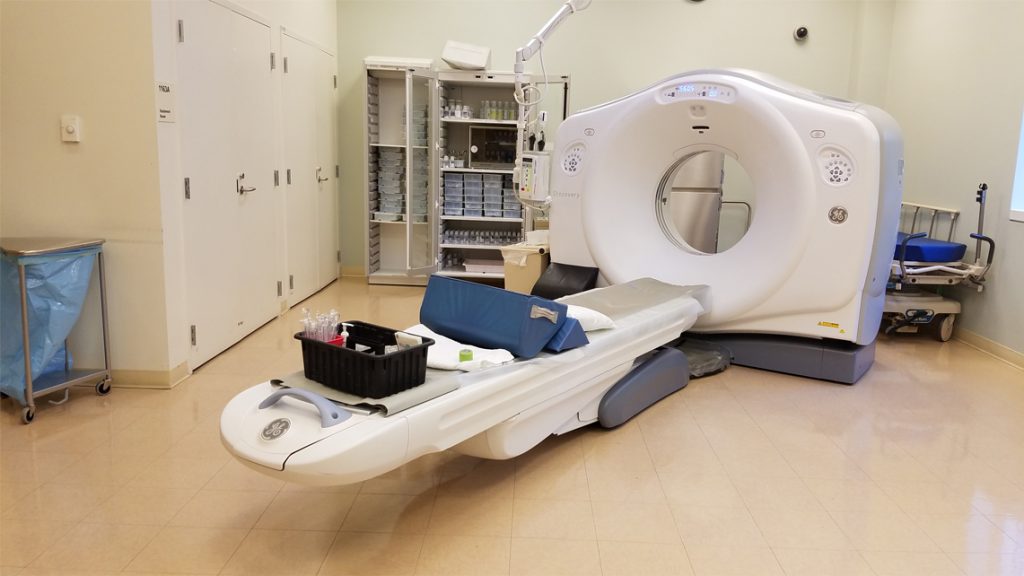Developing a Diagnosis Communication Plan
Communicating with people after a diagnosis can be emotionally draining. Telling and retelling your story can become an unexpected burden at a time when you have many other things to process and address. The last thing you may think of doing is developing a Diagnosis Communication Plan. With all that said, sometimes you have to slow down to go faster. It seems counter-intuitive but it is often true. When you are hit with an unexpected diagnosis it is especially true.

After my first diagnosis, I jumped on the phone and started calling people- family, close friends, leaders at work, my work team, etc. As I was talking with some people and leaving messages for others, I realized the things I was sharing were not consistent. Questions people were asking were augmenting my original message and facts. I was losing track of who knew what and who I had spoken to. It was a mess.
That’s when I knew I needed to slow down to go faster. First, I made a list of people who needed to know. I categorized them by how I knew them. (Family, close friends, work people, etc.). You may want more categories or groups, depending on how much you want to tailor the message to each.
Next, consider the best method of communication. Do you want to see them face to face or call them? Would an email suffice? If you are calling, do you leave a detailed message or just ask for a call back. This may seem like a lot of detail but forethought will save time and reduce confusion. Deciding on face-to-face vs over the phone is really a function of geography, logistics and time. I would have preferred to have had a face-to-face meeting with everyone on my list. Unfortunately, there was no way that could happen. There were too many people and I had a list of other things I was trying to get finished before surgery
Decide on the common denominator points of your message. In other words, what do you want everyone to know. Write down your key points. Organize your message so it is logical to the listener. I intentionally tried NOT to be dramatic, shocking or speculative. It was just the facts with a little on how I was feeling about it all. Once you have your common denominator message, you can write tailored points for each group. For example, my work group message included how my work would be impacted and what I needed from my team in the near-term. Again, just the facts and not speculation. Additionally, people are going to ask what they can do. Try to have a few things in mind. I asked nearly every person to pray for my family, my doctors and me. It was a simple request but it allowed people to be part of a positive response.
Practice. It may sound stupid but a little roleplay of the message with your spouse or a trusted friend will go a long way toward having a great communication plan. Get feedback on how it sounds and if any other facts should be included. Anticipate questions you may get from each group and consider adding to your tailored message points. Questions are fine but ideally, you will cover what people really need to know without them asking questions.
With your written list and documented talking points in hand, you are ready to start making calls. I found these calls to be emotionally draining. Hashing and rehashing my message, while experiencing and dealing with people’s reactions took a lot energy. It was vital that I remained positive and upbeat. These people were about to become an amazing support network for me. I wanted them to be realistic AND positive. People will often reflect your emotion back to you. I wanted as much positivity as I could get. That meant I needed to be positive and hopeful.
Take notes. As you make the calls, keep track of your results (left message, spoke to, etc). Also write down any follow-up items or specific things you talked about that were not a part of your common denominator or tailored messages.
For many, this may seem like overkill. Having done this once originally and again after a recurrence, I found it to be a very helpful process. Thoughtfully considering each group will ensure everyone has the information they need to know while still being concise. Each conversation will be shorter and more effective. At a time when so much is beyond your control, you will feel in control of the message and the delivery of the message. Most importantly, your support network will have the information they need to help you. Slow down to go faster! You’ll be happy you did.
Steps to Develop a Diagnosis Communication Plan-
- Make a list of people. Who needs to know?
- Categorize / Group the people (family, friends, work, etc). More groups allow for a more tailored message to each.
- Choose a method of communication for each person. (face to face, phone, etc).
- Define your common denominator message points. What does everyone on the list need to know?
- Define the tailored points for each group. What unique information does each different group of people need to know?
- Practice. Role play delivering your message with a trusted person. Get feedback. Anticipate questions. Retool your message if necessary.
- Communicate! Track your results and keep notes.
If you found this information helpful or believe other will benefit from reading it, please share it. According to the National Cancer Institute, there were 1,735,350 new cancer diagnosis in the US in 2018. That means there are lots of people who need to effectively communicate with their friends, family and co-workers about their diagnosis.
Last year, 228,000 people, just like you and me, were diagnosed with lung cancer (or about one every 2.3 minutes). 433 people die every day from lung cancer. If never-smoker lung cancer were its own disease, it would be in the top 10 of cancer killers. Please consider donating to Streak or some other lung cancer charity. Here at Streak we are working to change attitudes and beliefs about lung cancer and fund research toward finding a cure. Together we can end the stigma and find a cure! #nodaysofuntilwehaveacure. www.streakforacure.org.

